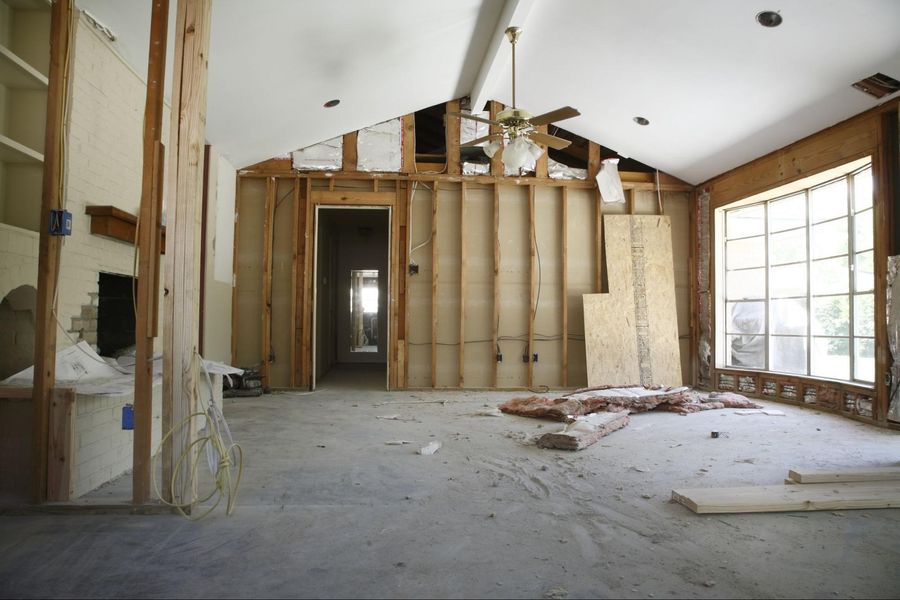The Canadian government announced modifications to mortgage insurance regulations, effective January 15, 2025, aimed at supporting homeowners in adding secondary suites to their properties.
The federal government announced in Budget 2024 that it planned to make targeted changes to mortgage insurance rules to encourage densification and enable homeowners to add more units to their homes. On October 8th, it released details for lenders and insurers to offer a new insured mortgage refinancing product to support secondary suites.
This is one part of ongoing actions to reduce challenges for homeowners to convert unused spaces into rental units, including high renovation costs and bureaucratic hurdles. However, recent shifts in municipal zoning, facilitated in part through agreements under the Housing Accelerator Fund, are paving the way for increased housing flexibility.
The upcoming changes allow for insured mortgage refinancing, for the explicit purposes of creating secondary units. Under this measure, homeowners who occupy one unit on their property (or whose close relatives do) can finance the addition of up to three more fully self-contained units, provided they meet local zoning laws. Eligible units can include basement apartments with separate entrances or detached structures like laneway homes.
The program aims to balance flexibility with responsibility and accountability through specific rules. The “as improved” value of the property must remain under $2 million, and the maximum loan-to-value ratio is capped at 90%. This limit considers both the current mortgage and any added financing, which must not exceed the total project cost. The allowable amortization period is up to 30 years, making the program accessible to more homeowners by easing monthly repayment pressures.
These additional units cannot be used for short-term rentals, such as Airbnb but including any other short-term rental, ensuring that the new spaces contribute to the long-term rental market for housing needs, as part of a strategic focus on sustainable housing stock.
Municipal zoning reforms are central to this initiative, and are becoming more common in major Canadian cities as part of a response to persistent housing shortages. By removing certain zoning barriers, cities can encourage densification and optimize existing infrastructure. Additionally, various secondary suite programs are also in place across Canada. These new insurance rules will add another layer to such programs to help homeowners investigate these options.
In essence, the policy, set to take effect in early 2025, positions homeowners as essential players in the national housing strategy to increase housing availability, all while offering financial benefits for property upgrades that align with local guidelines and community needs.








